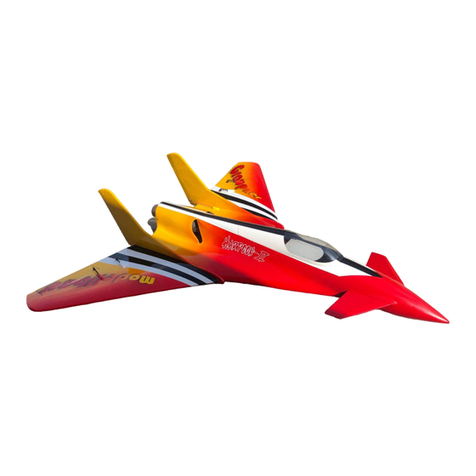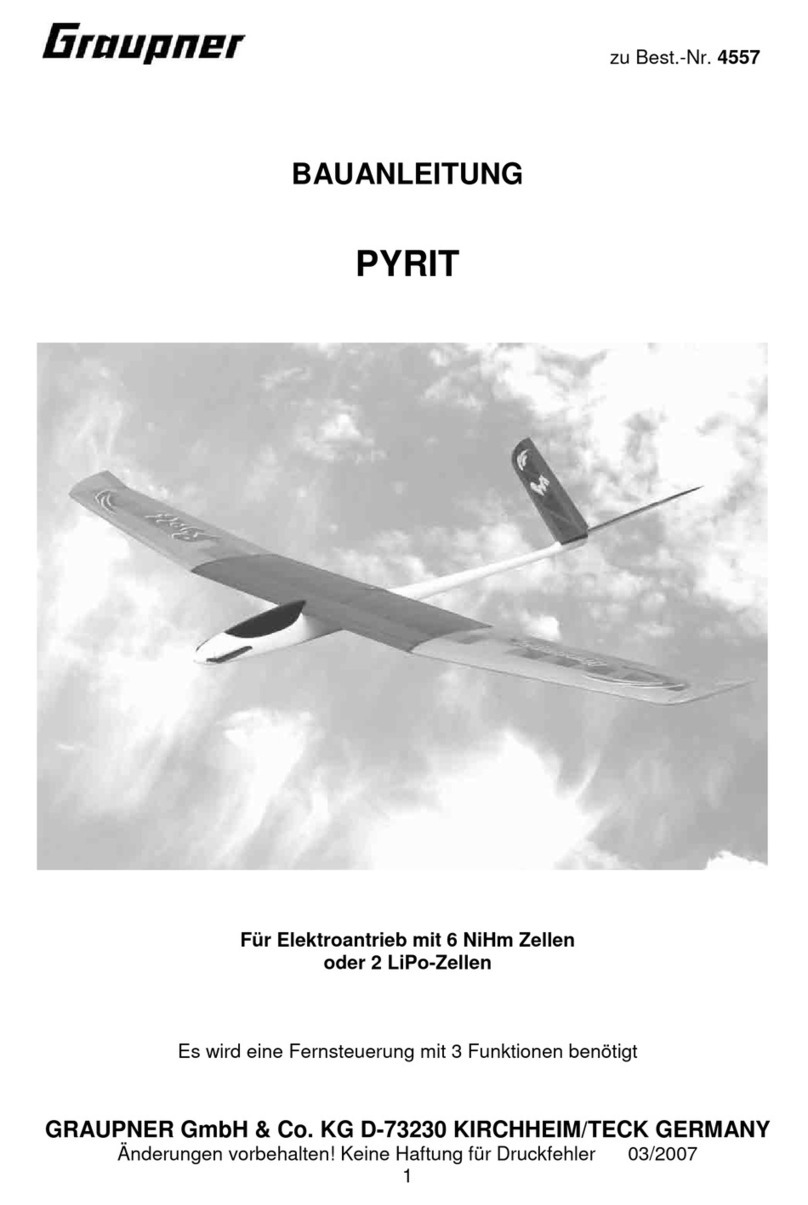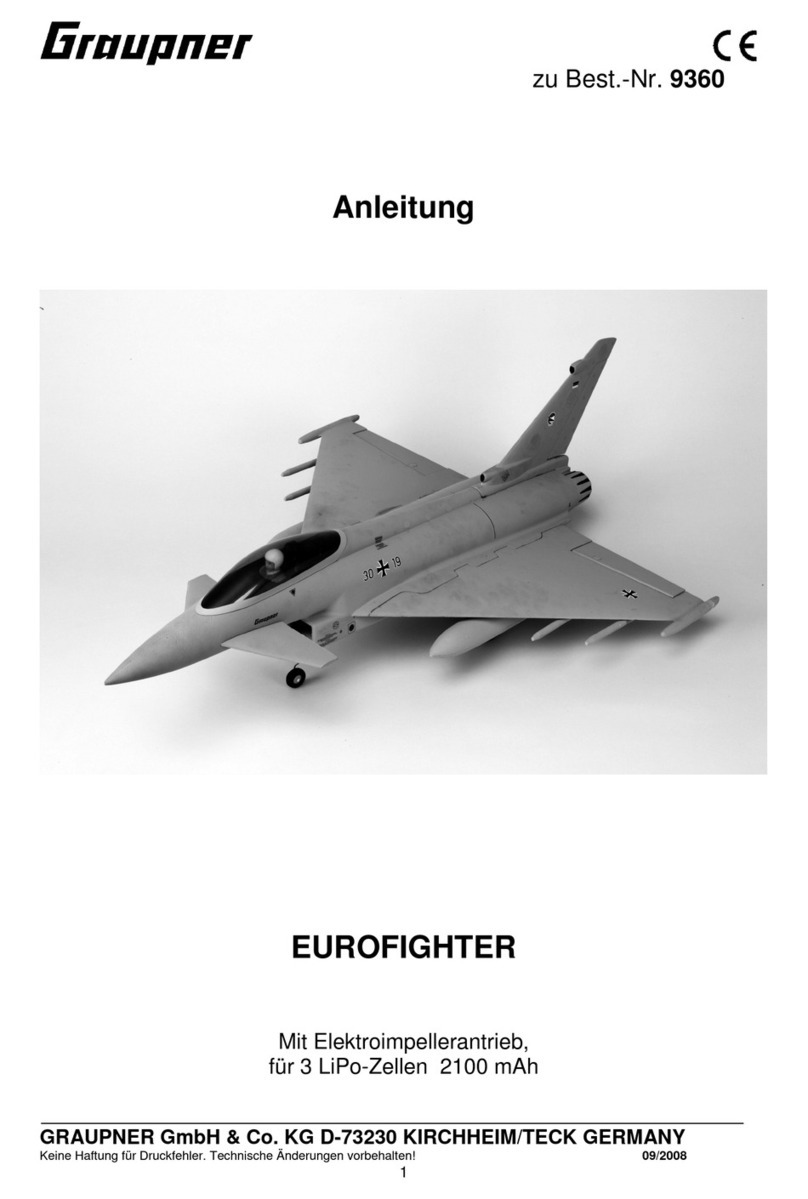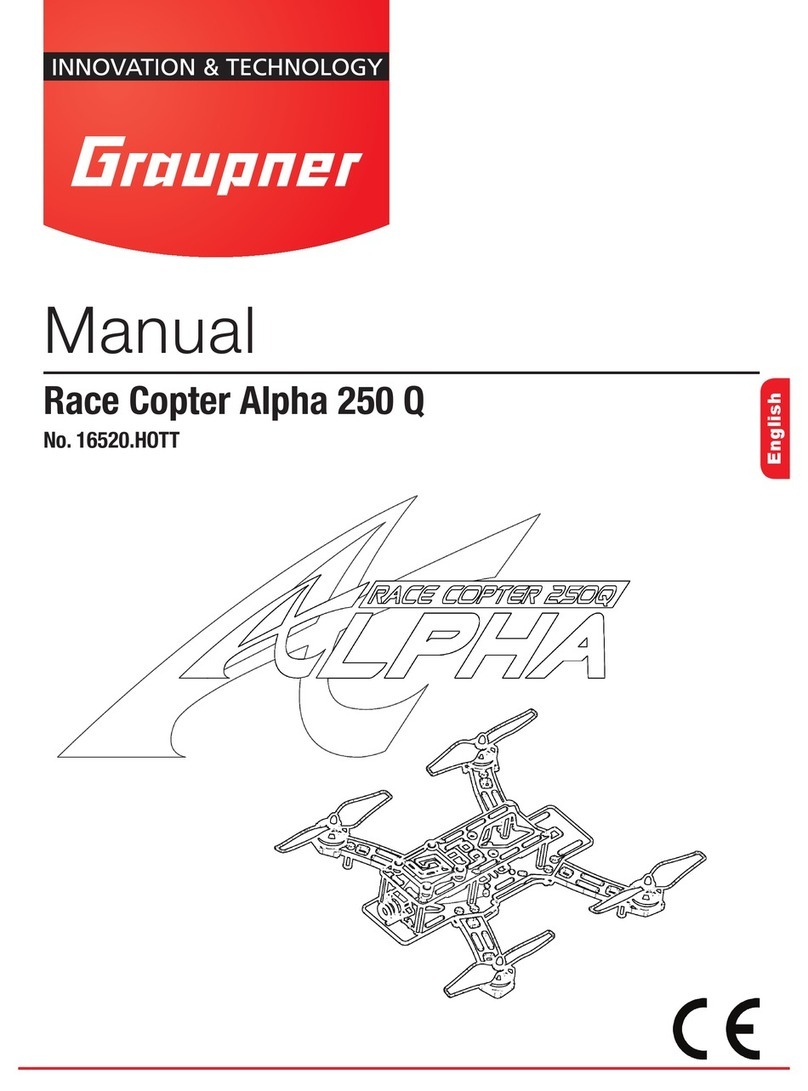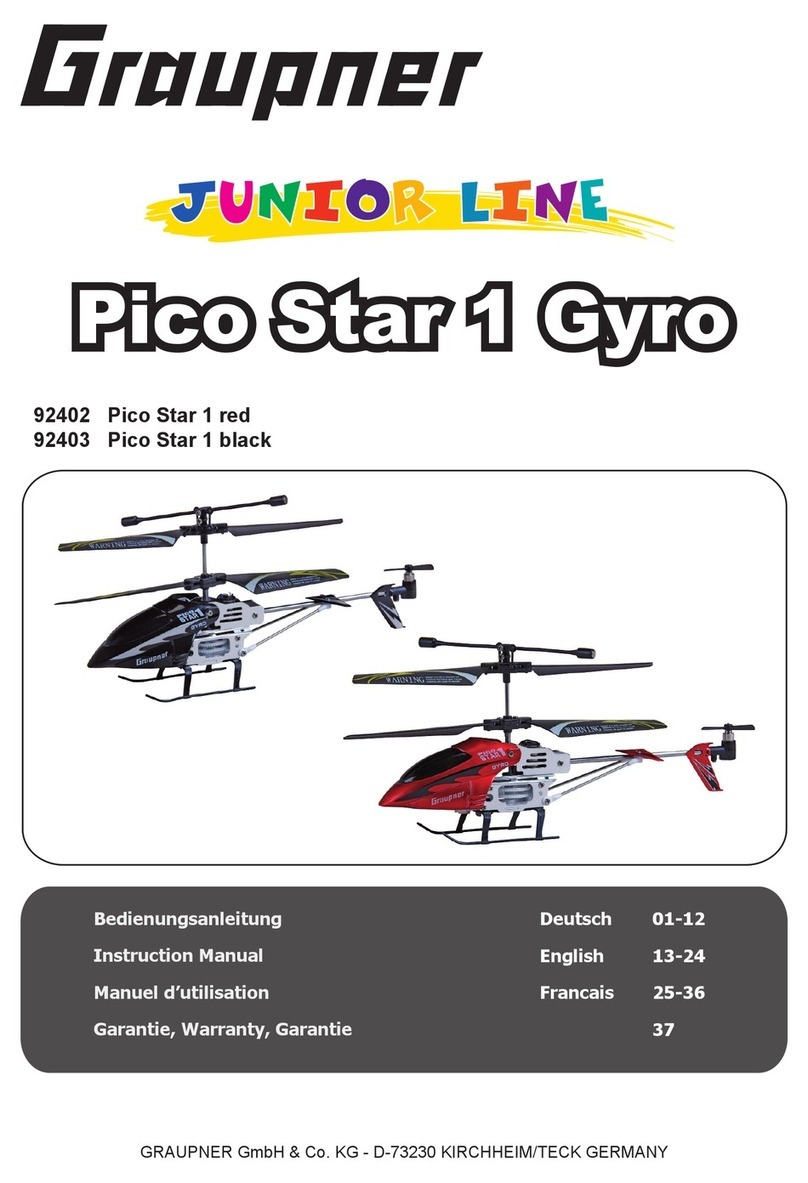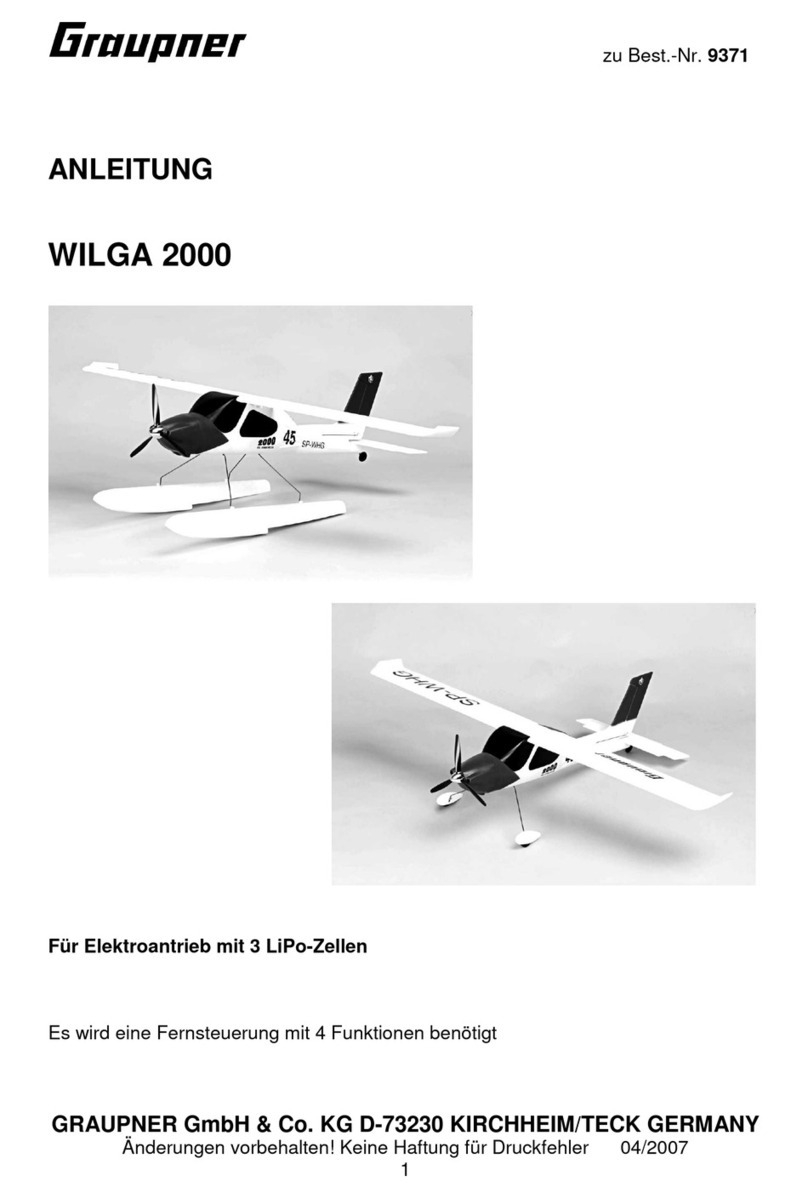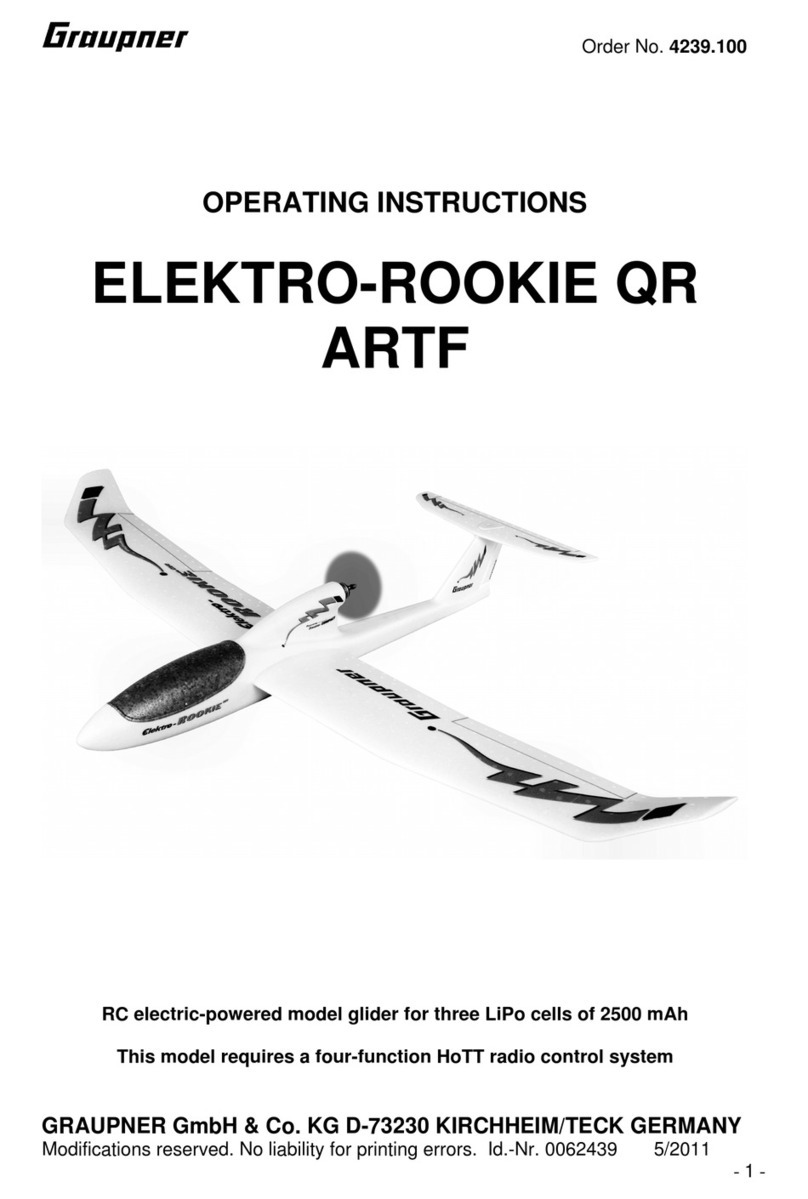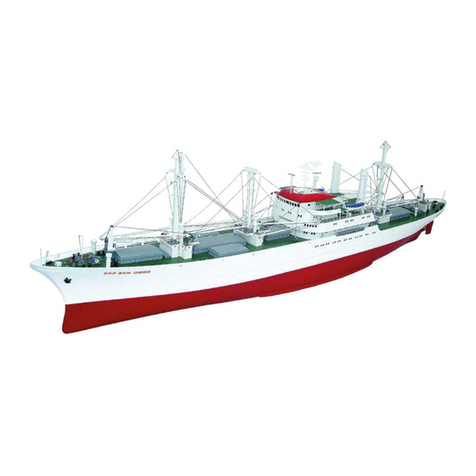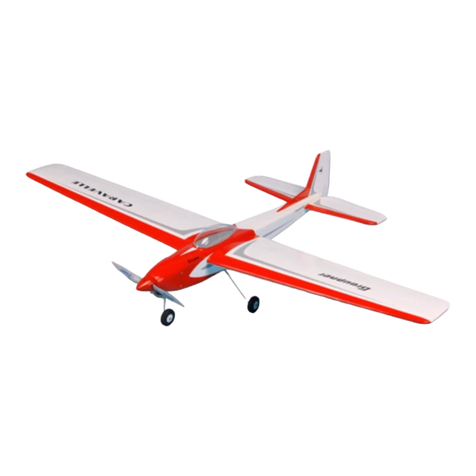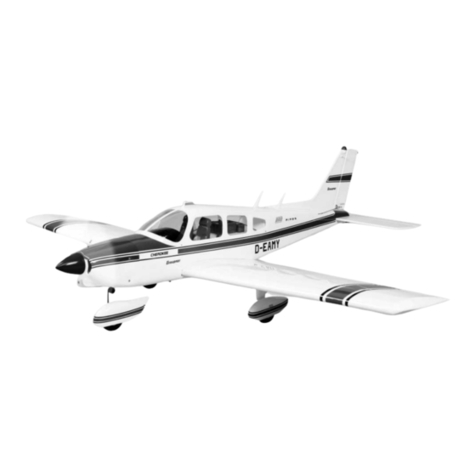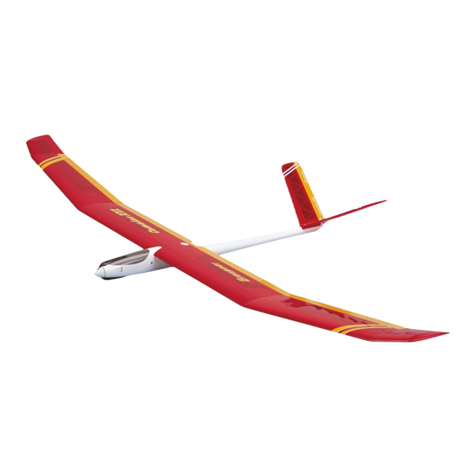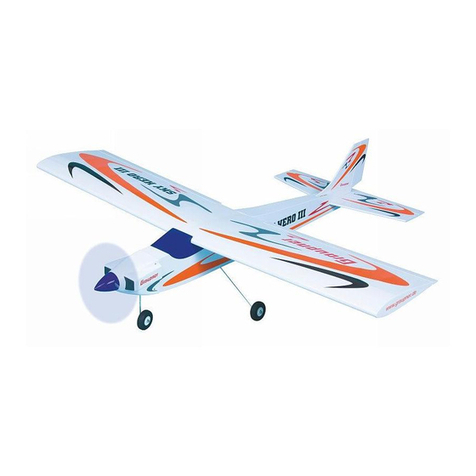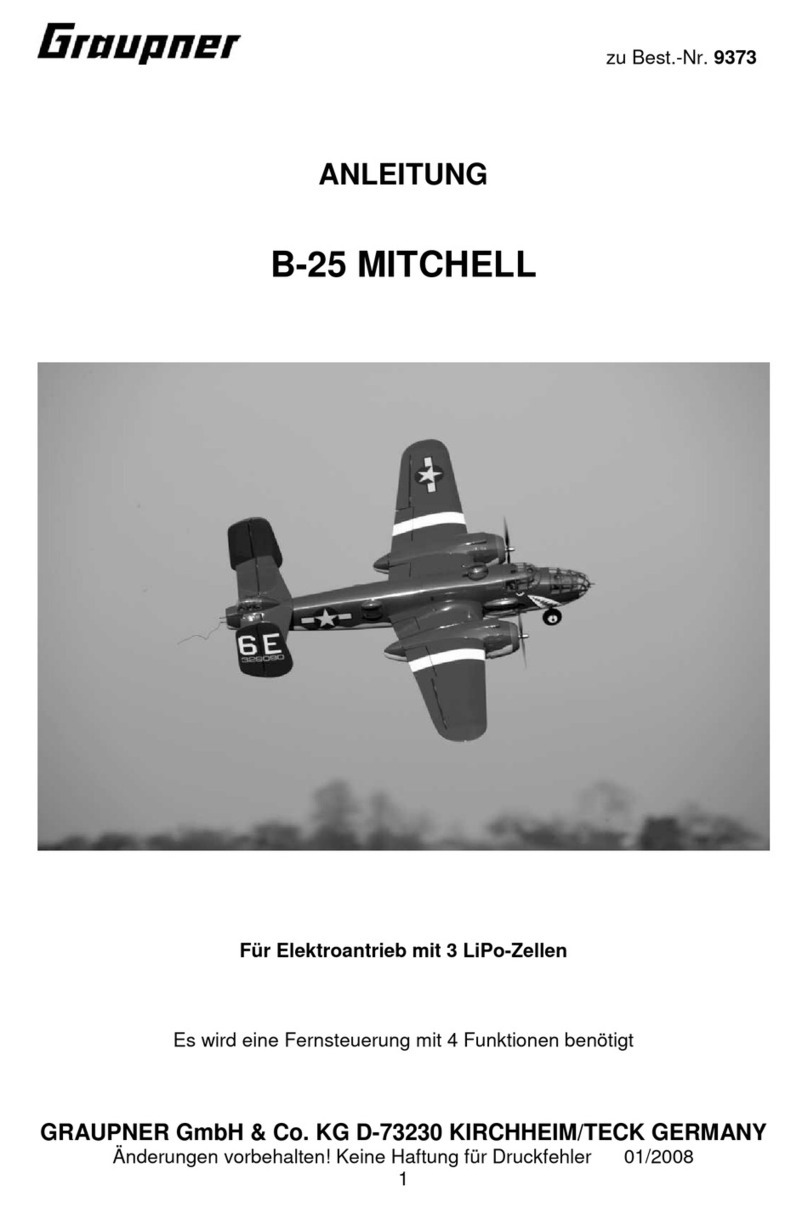uarantee requirements
The purchaser is required to ake the guarantee clai in writing, and ust enclose original proof of purchase
(e.g. invoice, receipt, delivery note) and this guarantee card. He ust send the defective goods to us at his own
cost, using the following address:
liders
Brunel Drive, B Newark; Nottinghamshire N 242E
The purchaser should state the aterial defect or anufacturing fault, or the sy pto s of the fault, in as
accurate a anner as possible, so that we can check if our guarantee obligation is applicable.
The goods are transported fro the consu er to us and fro us to the consu er at the risk of the consu er.
Duration of validity
This declaration only applies to clai s ade to us during the clai period as stated in this declaration. The
clai period is 24 onths fro the date of purchase of the product by the consu er fro a dealer in the
Federal Republic of Ger any (date of purchase). If a defect arises after the end of the clai period, or if the
evidence or docu ents required according to this declaration in order to ake the clai valid are not presented
until after this period, then the consu er forfeits any rights or clai s fro this declaration.
Limitation by lapse of time
If we do not acknowledge the validity of a clai based on this declaration within the clai period, all clai s
based on this declaration are barred by the statute of li itations after six onths fro the ti e of
i ple entation; however, this cannot occur before the end of the clai period.
Applicable law
This declaration, and the clai s, rights and obligations arising fro it, are based exclusively on the pertinent
Ger an Law, without the nor s of international private law, and excluding UN retail law.
Important safety notes
You have acquired a kit which can be asse bled into a fully working RC odel when fitted out with suitable
accessories. However, we as anufacturers have no control over the way you build and operate your RC
odel boat, nor how you install, operate and aintain the associated co ponents, and for this reason we are
obliged to deny all liability for loss, da age or costs which are incurred due to the inco petent or incorrect use
and operation of our products, or which are connected with such operation in any way. Unless otherwise
prescribed by binding law, the obligation of the GRAUPNER co pany to pay co pensation, regardless of the
legal argu ent e ployed, is excluded. This includes personal injury, death, da age to buildings, da age due
to loss of business or turnover, interruption of business or other direct or indirect consequent da age whose
root cause was the operation of the odel.
The total liability in all cases is li ited to the a ount of oney which you actually paid for this odel.
This model boat is built and operated at the sole and express responsibility of the operator. The only
way to avoid injury to persons and damage to property is to handle and operate the model with the
greatest care and consideration at all times.
Before you run the odel for the first ti e please check that your private third-party insurance covers the
operation of odel boats of this kind. If in doubt, take out a special insurance policy designed to cover
odelling risks.
These safety notes should be kept in a safe place. If you ever dispose of the odel, be sure to pass the on to
the new owner.
The following points are important and must be observed at all times:
•This odel is not suitable for young persons under 14 years of age.
•The projecting parts of the odel ay be sharp, and the aerials and asts could cause eye injuries.
•Bear in ind that tools can be dangerous; always be careful when handling the .
•Never operate the odel when there are persons or ani als in the water, as its high speed constitutes a
considerable injury hazard.
•Do not run your odel in protected sites, ani al or plant sanctuaries or sites of special scientific interest
(SSSIs). Check with your local authority that the stretch of water you wish to use is suitable for odel
boats.
•Never run the boat in salt water.
•Never run the boat in adverse conditions, e.g. rain, stor , strong wind, choppy water or strong currents.
RAUPNER mbH & Co. K D-73230 KIRCHHEIM/TECK ERMANY
Keine Haftung für Druckfehler. Technische Änderungen vorbehalten! Liability for printing errors excluded. We reserve the right to introduce odifications. Sous réserve de
modifications! Nous ne sommes pas responsables d’éventuelles erreurs d’impression! #0059635 07/2009
